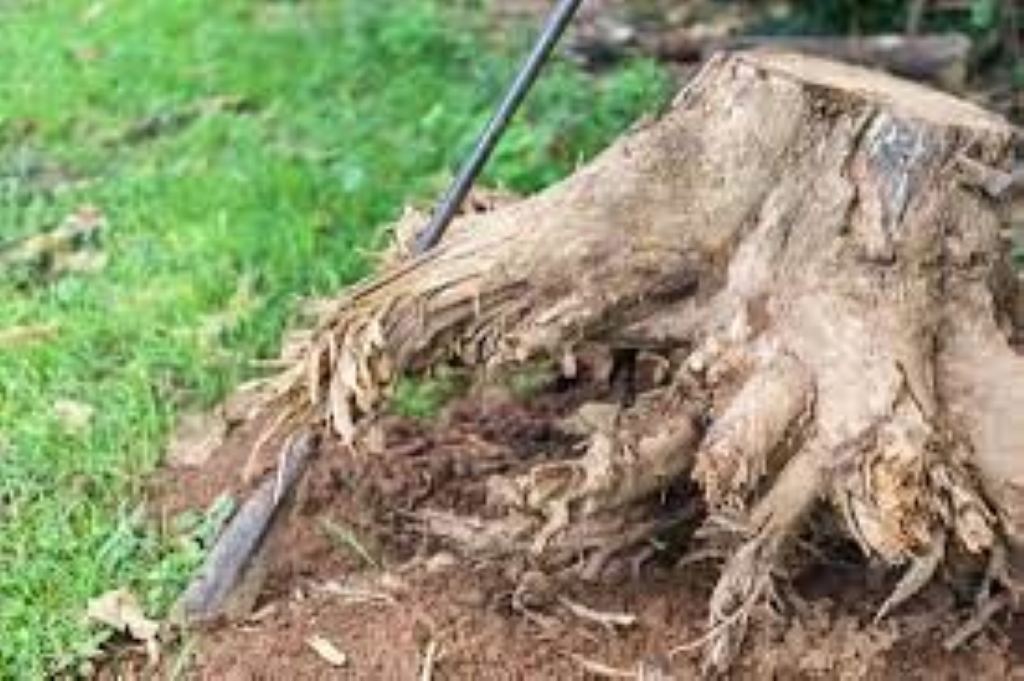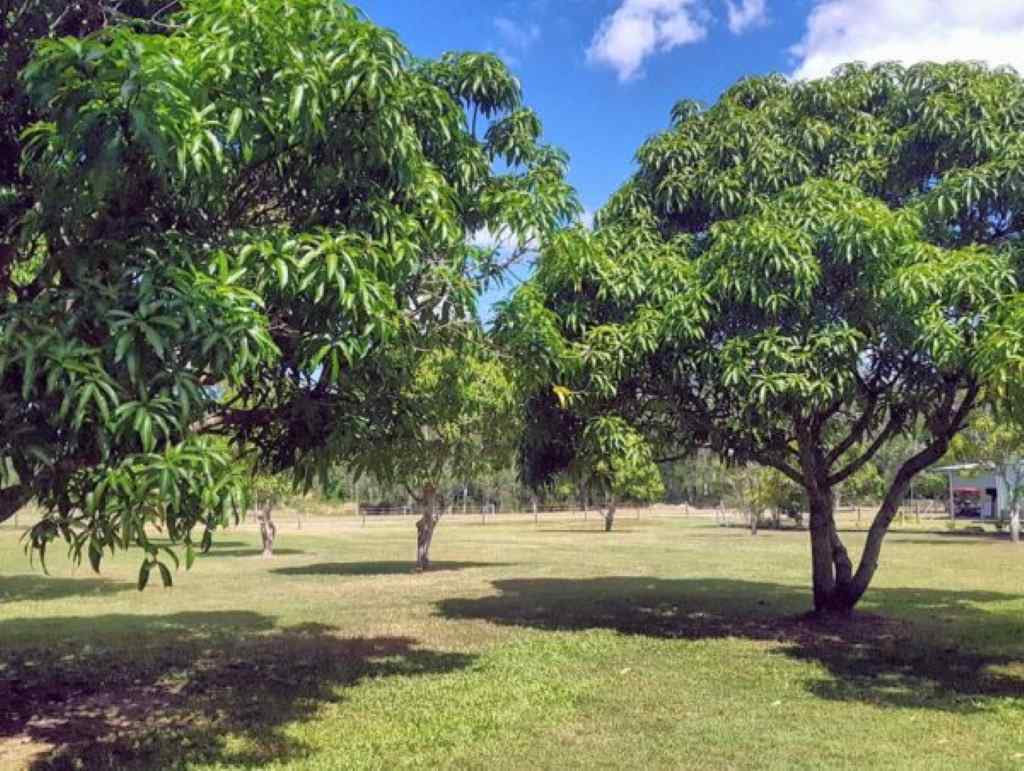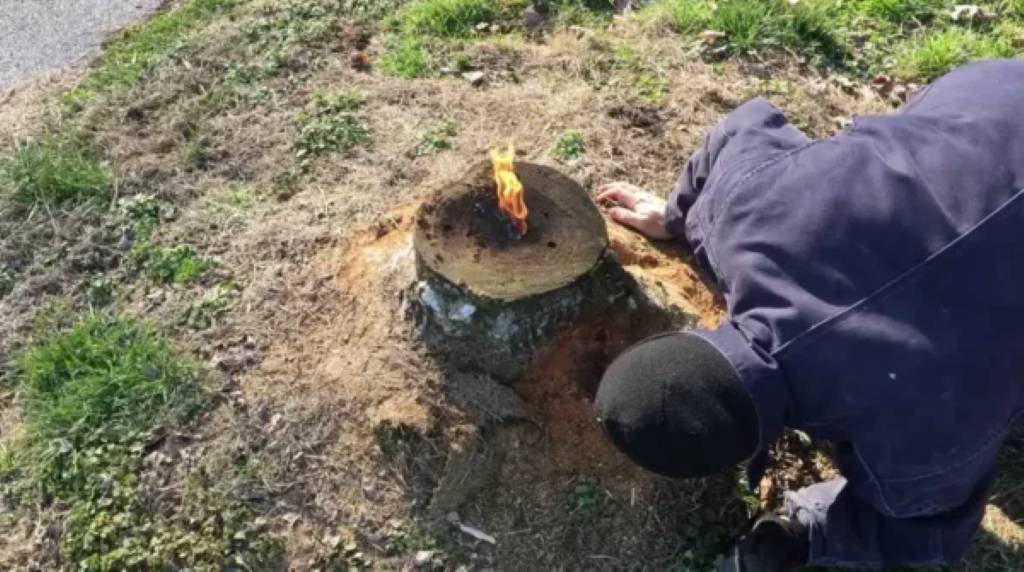Cottonwood Tree Shedding Time
Cottonwood trees may be found in many places of the globe. Their stunning look, with tall, thin trunks and glistening foliage, often captures the attention of anyone passing by. Many people ask, however, How long do cottonwood trees shed? In this essay, we will dig into the intriguing world of cottonwood trees and investigate the length of their shedding, shedding patterns, and the causes of this natural occurrence.
How long do cottonwood trees shed
Before we get into the cottonwood tree shedding, let’s get to know these wonderful giants a bit more. Cottonwood trees are members of the Populus genus and the Salicaceae willow family. They are distinguished by their brilliant green leaves with a heart or triangle form. Cottonwood tree leaves rustle in the air, generating a peaceful and soft sound that is often linked with the approach of spring.
Cottonwood trees are deciduous, which means they lose their leaves in a cyclical pattern each year. This shedding is an important aspect of their lifecycle and performs a variety of important ecological roles.
The Cottonwood Tree Shedding Cycle Every Year
Cottonwood trees drop their leaves once a year, usually in the autumn or early winter. The precise date depends on the kind of cottonwood and the environmental conditions in its habitat. This natural shedding process serves as a survival strategy for cottonwood trees, allowing them to store water and energy throughout the severe winter months.
The dropping of leaves begins with a spectacular display of color. Cottonwood leaves become vivid yellow, gold, and even orange, providing a breathtaking sight in the countryside. The trees begin to prepare for the dormant winter season as the days go shorter and the temperatures drop.
Cottonwood Tree Shedding Influencing Factors
Cottonwood leaf shedding is affected by a mix of external and internal causes. Let’s take a deeper look at a few of these elements:
Temperature: As the temperature decreases, the tree’s metabolic activity slows. The shedding process is triggered by a reduction in metabolic activity.
Daylight: As the quantity of daylight decreases, the tree knows it’s time to prepare for winter. The shorter daylight hours are a strong stimulus for the leaves to change color and finally fall.
Cottonwood trees receive less nutrients from the soil during the colder months of the year. Due to nutrient limitation, the tree sheds its leaves since it can no longer maintain them properly.
Cottonwood trees that shed their leaves assist to preserve water. Water is lost via the leaves through a process known as transpiration, and cottonwoods reduce water loss by losing their leaves.
Wind and weather conditions: Strong winds and storms may hasten the process of shedding. Cottonwood leaves are often seen spinning through the air on windy fall days.
Cottonwood Trees Shedding Timeframe
Cottonwood trees drop their leaves for many weeks on average. It is a gradual procedure that takes place in phases. Initially, just a few leaves change color and fall. This worsens with time, until the tree has lost the bulk of its leaves.
The period varies based on the health of the tree, the local climate, and the cottonwood species. Cottonwood trees will drop their leaves for around four to six weeks on average.
Cottonwood Trees Variation in Species
Cottonwood trees are divided into various kinds, each with its own shedding pattern. The Eastern Cottonwood (Populus deltoides), Fremont Cottonwood (Populus fremontii), and Black Cottonwood (Populus trichocarpa) are three of the most prevalent cottonwood species.
Eastern Cottonwood: Well-known for its enormous size and quick development. It normally loses its leaves in the late autumn, around October.
Fremont Cottonwood: Trees drop their leaves sooner than other species, with the shedding season beginning as early as September.
Black Cottonwood: When compared to Eastern and Fremont cottonwoods, black cottonwood trees drop their leaves later in the autumn.
Each species has evolved to its region’s own climatic and environmental circumstances, which determines the time and length of shedding.
The Appeal of Cottonwood Trees Shedding
While some may see shedding as a sign of deterioration, it is important to recognize the beauty and function of this natural process. Cottonwood leaf shedding is a spectacular sight, with the trees morphing into bright tapestries of color before gently relinquishing their leaves to the earth.
Fallen leaves have an important part in the ecology. They degrade, providing essential nutrients to the soil. This promotes other plant species, resulting in a cycle of regeneration and growth.
Cottonwood trees Shedding Has Many Advantages
Cottonwood tree leaf dropping serves numerous key functions:
- Cottonwood trees save water by dropping their leaves throughout the winter months, when water may be scarcer.
- By dropping leaves, the tree may transfer resources to critical activities such as root growth and nutrient storage.
- Shedding leaves minimizes the danger of damage from high snow loads or cold conditions. It also protects the tree against desiccation, which is the process by which the plant loses water via its leaves.
- As fallen leaves degrade, they return nutrients to the soil. This helps not just the cottonwood tree, but also the ecosystem’s other plants and creatures.
- The Effect on Wildlife
- Cottonwood leaf shedding has a profound influence on local animals. These leaves are an important food source for a variety of herbivores and decomposers. Many insects and bacteria, in particular, thrive on decaying leaves, breaking them down into organic materials that feed the soil.
- Many bird species, including sparrows and finches, feed on the insects and larvae that live in the fallen leaves. The interconnectedness between cottonwood trees.
A Seasonal Extravaganza
Cottonwood tree shedding is more than simply an ecological phenomenon for those who are lucky enough to experience it; it is also a seasonal display. The landscape is turned into a work of beauty by nature’s talent as the leaves change from brilliant greens to beautiful yellows and golds.
As cottonwood trees swing softly in the wind, this visual spectacle is often complemented by the sound of rustling leaves. It’s a captivating experience that ties us to the natural world’s rhythms.
Human and Cultural Importance
Cottonwood trees have played important roles in indigenous societies’ customs and rituals. They’ve been utilized for everything from making tools and boats to supplying medicine and sustenance. Their shedding has been interpreted metaphorically in a variety of ways, most notably as a representation of the cyclical cycle of life and the seasons.
Cottonwood trees are regarded Holy in many traditional societies, and their shedding is honored with rites and ceremonies. This emphasizes the long-standing spiritual connection that people have had with these plants.
Addressing Common Issues
While the dropping of cottonwood leaves helps the ecology greatly, it may sometimes cause anxiety among property owners and homes. Here are some typical problems and solutions to them:
Leaf removal
The most obvious issue is the necessity for leaf removal. During the shedding season, fallen leaves may cover lawns, pathways, and roadways, necessitating constant care. Here are some pointers for dealing with leaf cleanup:
Composting: Think about composting your fallen leaves. They create wonderful compost material, improving the soil in your garden.
Mulching: Using a mulching lawnmower may assist in shredding the leaves into tiny bits that decompose faster. This eliminates the need to rake or gather them.
Leaf Blowers: Leaf blowers can quickly collect falling leaves. You may then mulch them or bag them for disposal.
Allergies From Cottonwood trees
Cottonwood shedding may cause allergic reactions in certain people. The small cotton-like seeds discharged by female cottonwood trees may cause discomfort. Here are some allergy-management tips:
Planting Male Cottonwood Trees: Because male cottonwood trees do not produce cotton-like seeds, planting them may help limit allergy exposure.
Allergy drugs: If you have allergies, try using over-the-counter or prescription allergy drugs to relieve symptoms during the shedding season.
Damage to Property: Cottonwood trees’ large root systems may sometimes cause damage to sidewalks, roads, and structures. Here’s how to deal with property damage issues:
Pruning on a regular basis may assist regulate the size and growth of cottonwood trees, lowering the risk of property damage.
Root Barriers: Using root barriers to divert tree roots away from buildings may help avoid harm.
Services
FAQ
- What causes cottonwood trees to drop their leaves?
Cottonwood trees lose their leaves as a natural survival strategy during the severe winter months to preserve water and energy. Shedding protects the tree from winter stress and aids the environment by recycling nutrients.
- When do cottonwood trees usually begin to drop their leaves?
The time of shedding varies according to the cottonwood species and local climatic circumstances. Cottonwood trees typically begin losing their leaves in the autumn, and the process lasts four to six weeks.
- Do different cottonwood species have distinct shedding patterns?
Yes, various cottonwood species have distinct shedding patterns. Eastern Cottonwood, Fremont Cottonwood, and Black Cottonwood, for example, may begin shedding at somewhat different periods. The adaptation of the species to various climates influences these variances.
- What ecological relevance does cottonwood tree shedding have?
Cottonwood tree shedding helps to maintain ecosystem health by saving water, energy, and minerals. The fallen leaves replenish the soil, offer food for animals, and support a variety of biological processes, resulting in a long-term cycle of growth and regeneration.
- What should I do about leaf removal during the cottonwood shedding season?
Leaf cleaning may be accomplished by composting, mulching, or utilizing leaf blowers. You may also grow male cottonwood trees to limit allergen exposure and install root barriers to protect your property from tree roots.
Conclusion
To summarize, How long do cottonwood trees shed. It is a process of significant ecological, cultural, and natural importance. Understanding why and how long cottonwood trees lose their leaves will help you appreciate these majestic trees and the complicated web of life they sustain. So, the next time you see a cottonwood tree losing its leaves, take a minute to appreciate the beauty of this seasonal shift and its place in nature’s brilliant tapestry. Remember that although it may imply more yard labor, it also represents the rebirth and continuance of life in the natural world.





